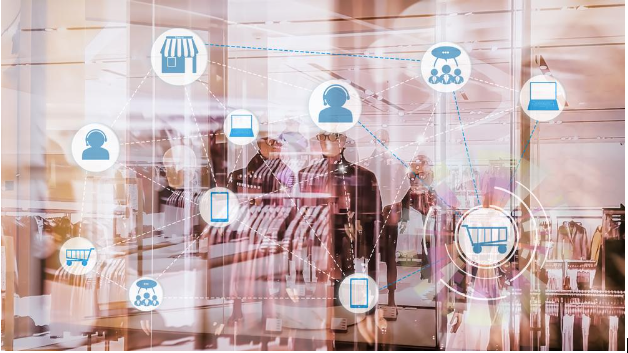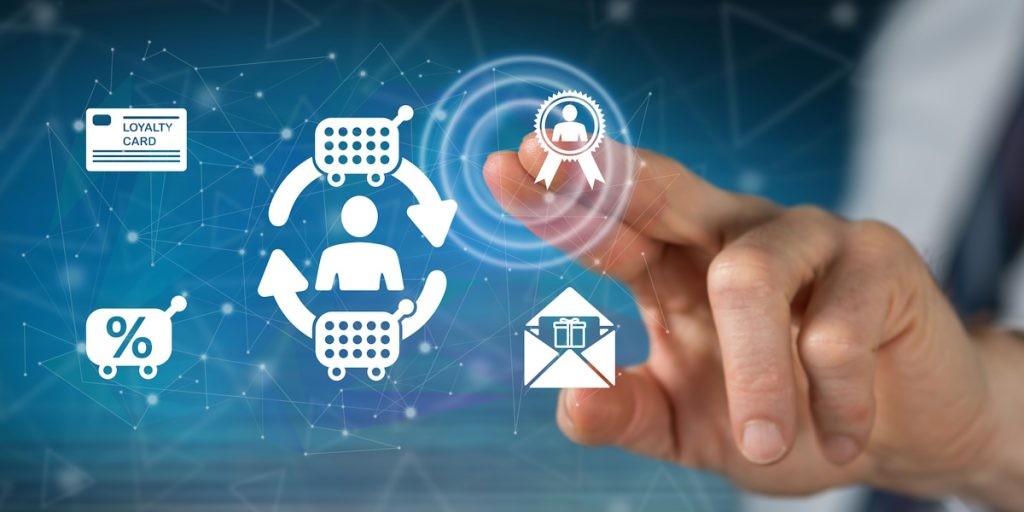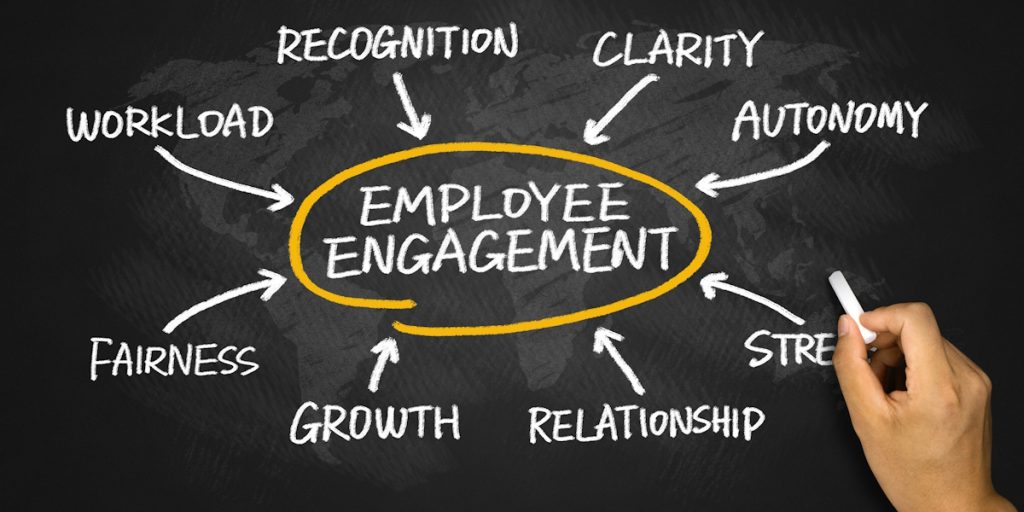In today’s competitive business landscape, B2B loyalty programs have emerged as a crucial strategy for fostering long-term partnerships and driving sustainable revenue growth.
Unlike B2C loyalty initiatives, which primarily focus on transactional value, B2B loyalty programs focus on building meaningful relationships with business partners, suppliers, and clients.
These programs not only enhance customer retention but also create a solid foundation for continuous business collaboration and mutual growth.
Importance of B2B Loyalty Strategy for Long-Term Partnerships?
B2B loyalty programs are structured incentives aimed at strengthening long-term business relationships. Moreover, they are designed to encourage repeat business, increase spending, and drive business referrals within the B2B ecosystem.
The primary purpose of these programs is to create a value-driven partnership that goes beyond simple transactions, fostering loyalty and trust between businesses.
Key Elements of Successful B2B Loyalty Programs Strategy
Successful B2B loyalty programs share several key elements:
Customization: Tailoring the program to meet the specific needs of different business partners.
Flexibility: Offering a range of rewards that partners can choose from based on their preferences.
Integration: Seamlessly integrating the loyalty program with existing business processes and technologies.
Data-Driven Insights: Utilizing data to understand partner behavior and optimize the program.
Consistent Communication: Maintaining regular and meaningful communication with partners to keep them engaged.
The Role of Long-Term Partnerships in B2B Loyalty
Importance of Building and Maintaining Long-Term Partnerships
Long-term partnerships are the cornerstone of effective B2B loyalty programs. In addition, these relationships are built on trust, mutual respect, and shared goals. By focusing on long-term partnerships, businesses can ensure a steady stream of repeat business and a stable revenue base.
Moreover, long-term partnerships reduce the need for constant customer acquisition efforts, which can be both costly and time-consuming.
Benefits of Long-Term Partnerships for Businesses
Long-term partnerships offer numerous benefits:
Increased Stability: Long-term relationships provide a reliable source of revenue and reduce the risk of sudden customer churn.
Enhanced Collaboration: Strong partnerships foster better communication and collaboration, leading to more innovative solutions and improved business processes.
Higher Customer Satisfaction: Long-term partners are more likely to be satisfied with the relationship, leading to higher retention rates and positive referrals.
Examples of Successful Long-Term Partnerships in the B2B Space
Several successful B2B companies have leveraged long-term partnerships to drive growth. For instance, IBM’s partnership with SAP has allowed both companies to integrate their technologies. Additionally, it offers comprehensive solutions to their clients.
Another example is the collaboration between Microsoft and LinkedIn. It has enhanced the value proposition for both platforms and created new business opportunities.
Strategies for Effective B2B Loyalty Programs
Personalization and Customization
Tailoring loyalty programs to meet specific partner needs is essential for your business success.
By using data to create personalized experiences, businesses can ensure that their partners feel valued and understood.
Personalization can involve offering customized rewards, exclusive access to new products, or personalized support and training.
Partner Segmentation and Targeting
Identifying and categorizing partners based on type, region, or size allows businesses to develop targeted strategies for each segment.
Such segmentation ensures that the loyalty program addresses the unique needs and challenges of each partner group.
Flexible and Valuable Rewards
Designing rewards that are relevant and beneficial to partners is crucial. Offering partners choice and control over their rewards ensures that they receive something they truly value.
This flexibility enhances the attractiveness of the loyalty program and encourages greater participation.
Simplified Rules and Seamless Enrollment
Creating easy-to-understand program rules and ensuring a smooth enrollment process maximizes engagement.
Moreover, simplified rules reduce barriers to entry and make it easier for partners to join the program.
Continuous Communication and Engagement
Maintaining regular communication with partners is key to keeping them engaged. Utilizing emails, social media and meetings, ensures that partners remain connected to the loyalty program.
Regular updates and feedback loops also enhance engagement.
Overcoming Challenges in B2B Loyalty Programs
Businesses often encounter challenges such as low engagement, scalability issues, and difficulty in managing incentives.
These challenges can hinder the effectiveness of B2B loyalty programs if not addressed properly.
To overcome low engagement, businesses should create a program with simple rules, continuous communication, and seamless enrollment process. Hence, offering personalized and valuable rewards can also boost participation rates.
As businesses grow, their loyalty programs need to scale accordingly. This requires a robust infrastructure that can handle increased complexity and volume.
Investing in technology that supports scalability and efficient management of incentives is crucial for the long-term success of the program.
Increase Customer Retention and Revenue Growth With Loyalty Program
Maximizing Customer Lifetime Value
Focusing on long-term relationships can significantly increase customer lifetime value. Implementing strategies to retain high-value customers ensures sustained revenue growth and stability.
Encouraging Repeat Business
Offering incentives for repeat purchases and creating programs that reward ongoing loyalty are effective for repeat business. Personalized recommendations and targeted offers can further enhance this strategy.
Cross-Selling and Upselling Opportunities
Using loyalty programs to promote cross-selling and upselling can drive additional revenue. By providing personalized recommendations based on customer behavior, businesses can upsell their products and services.
Reducing Churn Rates
Identifying at-risk customers through data analysis and implementing retention strategies can help reduce churn rates. Proactive engagement and personalized support are key to retaining customers.
Enhancing Customer Satisfaction
Offering exceptional customer service and collecting feedback to improve satisfaction are essential for retaining customers. Happy customers are more likely to remain loyal and refer new business.
Building Trust and Credibility
Establishing trust through consistent and reliable interactions is crucial for building long-term partnerships. Demonstrating commitment to customer success and satisfaction further enhances credibility and loyalty.
Building Strong Business Relationships and Collaborations
Strong business relationships are the foundation of effective B2B loyalty programs. These relationships foster trust, collaboration, and mutual growth.
Loyalty programs can encourage collaboration by offering joint rewards, shared goals, and co-branded initiatives. These strategies enhance the value proposition for partners and promote long-term collaboration.
Partnering with other vendors to offer joint rewards programs can provide additional value to partners without increasing costs.
These collaborations can enhance the attractiveness of the loyalty program and create new business opportunities.
Leveraging Technology for B2B Loyalty Programs
Integrated technology and analytics are essential for managing and optimizing loyalty programs. They provide valuable insights into partner behavior, program performance, and ROI.
Investing in tools and platforms that support seamless integration with existing systems, such as CRM and ERP, enhances efficiency. These technologies enable businesses to manage loyalty programs more effectively.
Utilizing data to understand partner preferences and behavior helps businesses tailor their loyalty programs and drive engagement. Continuous data analysis and insights allow for ongoing optimization of the program.
Conclusion
In conclusion, B2B loyalty programs are a powerful strategy for driving long-term partnerships and revenue growth.
By focusing on personalization, flexibility, and continuous engagement, businesses can create effective loyalty strategy that fosters business relationships and growth. Investing in integrated technology and data-driven insights further enhances the success of these programs.
As businesses evolve, B2B loyalty programs will play an important role in sustaining competitive advantage and driving growth. Now is the time for businesses to invest in B2B loyalty programs and reap the benefits of long-term partnerships.
Would You Like a Free Consultation for Strategic B2B Loyalty for Long-Term Partnerships and Revenue?




